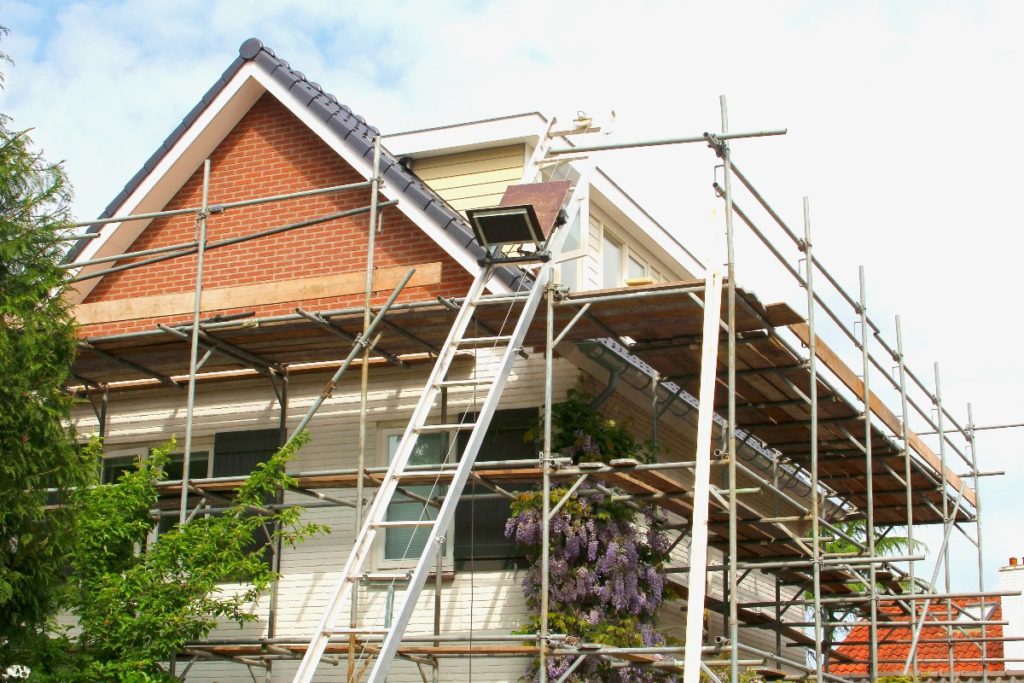On April 19, 2021, the World Meteorological Organization (WMO) launched its State of the Global Climate 2020 report. It stated that the global average temperature must be 1.5-degree Celsius above the pre-industrial level to avert the worst impacts of climate change. The global average temperature in 2020 was close to this limit at 1.2-degree Celsius above the pre-industrial level. The period from 2015 to 2021 marked the highest temperatures in history.
On April 22 to 23, U.S. President Joseph Biden hosted 40 world leaders in a virtual Leaders Summit on Climate. UN Secretary-General António Guterres urged global leaders to aim for net-zero carbon emissions by 2050. The U.S. agreed to the 2050 goal and committed to decreasing by 50 percent its greenhouse gas emissions by 2030.
Homes contribute to greenhouse emissions. Building green homes will go far toward achieving the environmental goals for 2030 and 2050. There are several certifications that a homeowner and contractor can seek to prove that a house is green.
Independent Green Home Certifications
The U.S. Green Building Council (USGBC) provides the Leadership in Energy and Environmental Design (LEED) certification which is also used internationally. It certifies responsible land use, green building material, green construction methods, a design that enables efficiency in energy and water usage, good air quality, and access to public transportation. Homeowners who build LEED-certified homes can enjoy tax credits and lower insurance premiums. The home value also increases more than non-LEED certified homes.
The National Association of Home Builders (NAHB) provides the National Green Building Standard (NGBS) Certification that evaluates lot development; efficiency in the use of resources, water, and energy; quality of the indoor environment; and building maintenance and operation. The certification qualifies for incentives and tax credits and also increases the value of the property.

EPA-led Green Home Certifications
The U.S. Environmental Protection Agency (EPA) established the ENERGY STAR program and administers verification testing and third-party certification. The program is also used in Europe, Canada, Australia, Japan, Taiwan, and New Zealand.
The ENERGY STAR Residential New Construction program saves energy and electricity and reduces greenhouse gas emissions. It covers proper sealing and insulation, the use of certified doors, windows, and skylights, as well as certified heating, ventilation, and air conditioning (HVAC) installation. Another energy-saving practice is using a water buffer tank in the HVAC system that retains the necessary water temperature, whether hot or cold, eliminating the need for constant heating or cooling.
The program recommends using ENERGY STAR certified appliances in the household, from kitchen and laundry appliances to computers, televisions, and home theaters. An entire lifestyle can be energy efficient while being comfortable and leisurely.
The EPA also created Indoor airPLUS, a labeling program that vets the quality of indoor air of a home or building. First, the home must earn the ENERGY STAR Certified Home label using low-emitting building materials and radon-resistant construction. Added design and construction features must then provide efficient heating, ventilating and air-conditioning systems; moisture control and mold reduction systems; combustion-venting systems; and protection from pests, chemicals, and other airborne pollutants. To earn the Indoor airPLUS label, an independent third-party will inspect the home to ensure compliance with EPA guidelines and specifications.
The EPA likewise administers the mandatory checklist of water efficiency criteria for WaterSense labeled homes. To qualify, a home must use 30 percent less water than typical homes. Various Home Certification Organizations (HCO) under the Homes Certification System use their own WaterSense Approved Certification Method (WACM) of measurement. They all follow EPA requirements, though, for the home to have efficient plumbing parts and water-using appliances, no waste from hot water delivery, proper irrigation design and technology vis-à-vis the house design and layout, and optimal choice of landscape size, design, and plants vis-a-vis irrigation requirements.
Solar Energy
The U.S. Solar Market Insight 2020 Year-in-Review report of the Solar Energy Industries Association (SEIA) and Wood Mackenzie shows that the solar industry in the country grew by 43 percent in 2020 compared to 2019, with a record-breaking 19.2 gigawatts of capacity. Residential use increased by 11 percent to reach an also record-breaking 3.1 gigawatts.
Solar technology comprised 43 percent of all new electricity-generating capacity in 2020, besting all other technologies. The 10-year forecast of Wood Mackenzie expects the installation of a cumulative 324 gigawatts of solar capacity throughout the next decade. Abigail Ross Hopper, SEIA president and CEO, stated that about one in eight American households will be using solar energy in 2030.
The use of solar energy as well as all the features of a green-certified home must be the standard of every new home. It will not only be cost-effective in the long run for each homeowner but will also ensure a healthier environment for the family. This contributes to the greater environment, as well. It is much more satisfying to relax in a sustainable home that promotes a better future for all.

